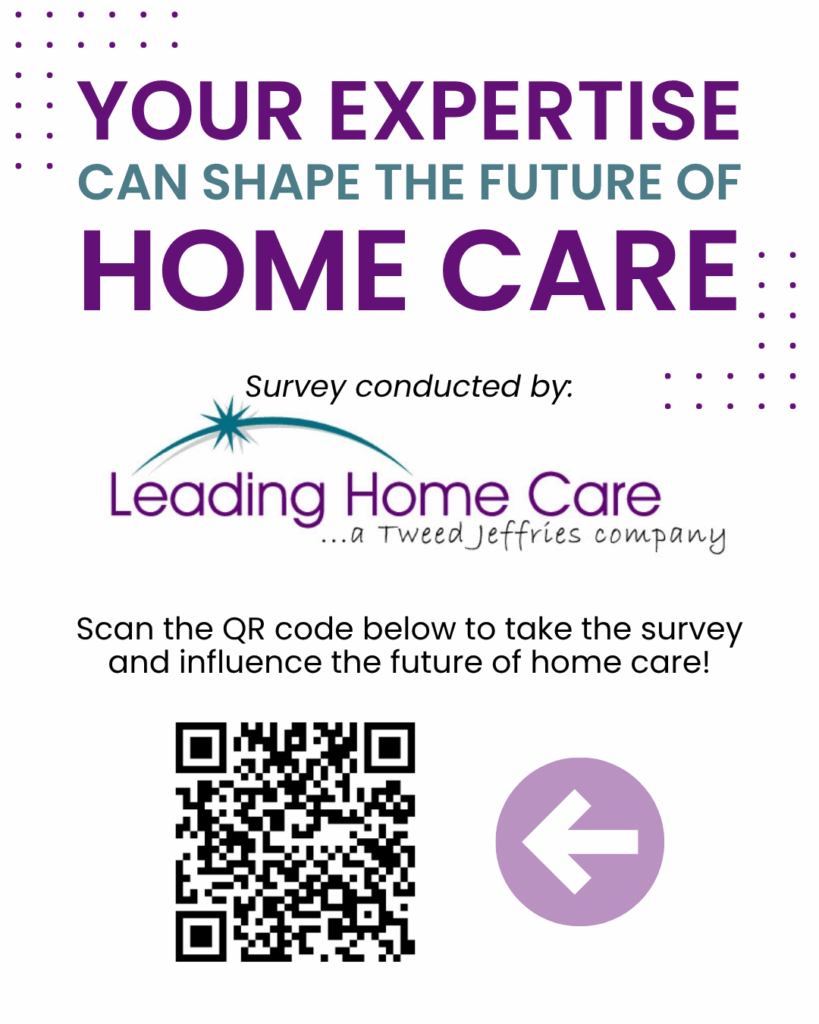Our friend and home care colleague, Elizabeth Hogue, Esq. has provided some clear guidance about protecting your employees
Protecting Healthcare Workers
By Elizabeth E. Hogue, Esq.
Concern for healthcare workers in every setting knows no bounds! Providers’ imperative is clear: everything possible must be done to keep them safe. Two very insightful physicians, Atul Gawande and Siddartha Mukherjee, have published important articles about protecting healthcare workers. Please read the following:
- “Keeping the Coronavirus from Infecting Health-Care Workers” by Atul Gawande, The New Yorker, March 21, 2020.
- “How Does the Coronavirus Behave Inside a Patient?” by Siddhartha Mukherjee, The New Yorker, March 26, 2020.
Dr. Gawande points out that 1,300 healthcare workers became infected in Wuhan and that the likelihood of infection was more than 3 times as high as the general population. But Dr. Gawande also points out that transmission to healthcare workers seems to occur primarily through sustained exposure in the absence of basic protection or through the lack of hand hygiene after contact with secretions. He concludes that: “For those who cannot stay home the lesson is that it is feasible to work and stay coronavirus-free, despite the risks.”
Dr. Mukherjee asks these important questions: Does a larger viral “dose” result in more severe disease? Can the severity of COVID-19 disease be correlated with the amount of virus to which patients are initially exposed? He says that researchers must begin to address these questions.
In the meanwhile, providers must fulfill their obligations to caregivers with regard to safety. The Occupational Safety and Health Administration (OSHA), for example, has established a general mandate to employers to provide a safe working environment for their employees. So, providers may face OSHA violations when workers can prove that conditions are unsafe.
Likewise, providers owe their employees a duty of reasonable care. That is, they are responsible to take reasonable precautions to protect their employees from harm. This obligation may be far easier to talk about than to fulfill with regard to COVID-19, especially since there is still a great deal that we do not know about transmission of the virus, as Drs. Gawande and Mukherjee point out in their articles. A key question regarding this obligation is: what is reasonable?
Reasonableness is determined by what other providers are doing across the country. In other words, whether providers are taking reasonable precautions to protect workers will be judged by comparison to what others throughout the country would have done under the same or similar circumstances. This definition of reasonableness poses particular difficulty for providers. There is a lack of data or even anecdotal information about how other providers are dealing with protecting workers from harm from COVID-19.
Failure of agencies to fulfill their obligation of reasonable care can be in the form of: (1) acts or errors, and (2) omissions. In other words, providers must show that nothing happened to harm workers because of something that the providers did or should have done.
Providers will be found to have caused injury to employees if the harm to employees would not have occurred “but for” an act or omission by employers. Courts generally require proof that employees were injured physically in order to compensate them for their injuries. It is likely to be very difficult for caregivers to prove that they contracted COVID-19 on the job, as opposed to exposure outside of their work environments.
Nonetheless, the obligation of all providers is clear. All steps must be taken to protect caregivers.
Elizabeth E. Hogue, Esq.
(877) 871-4062
©2020 Elizabeth E. Hogue, Esq. All rights reserved. Used with Permission.



